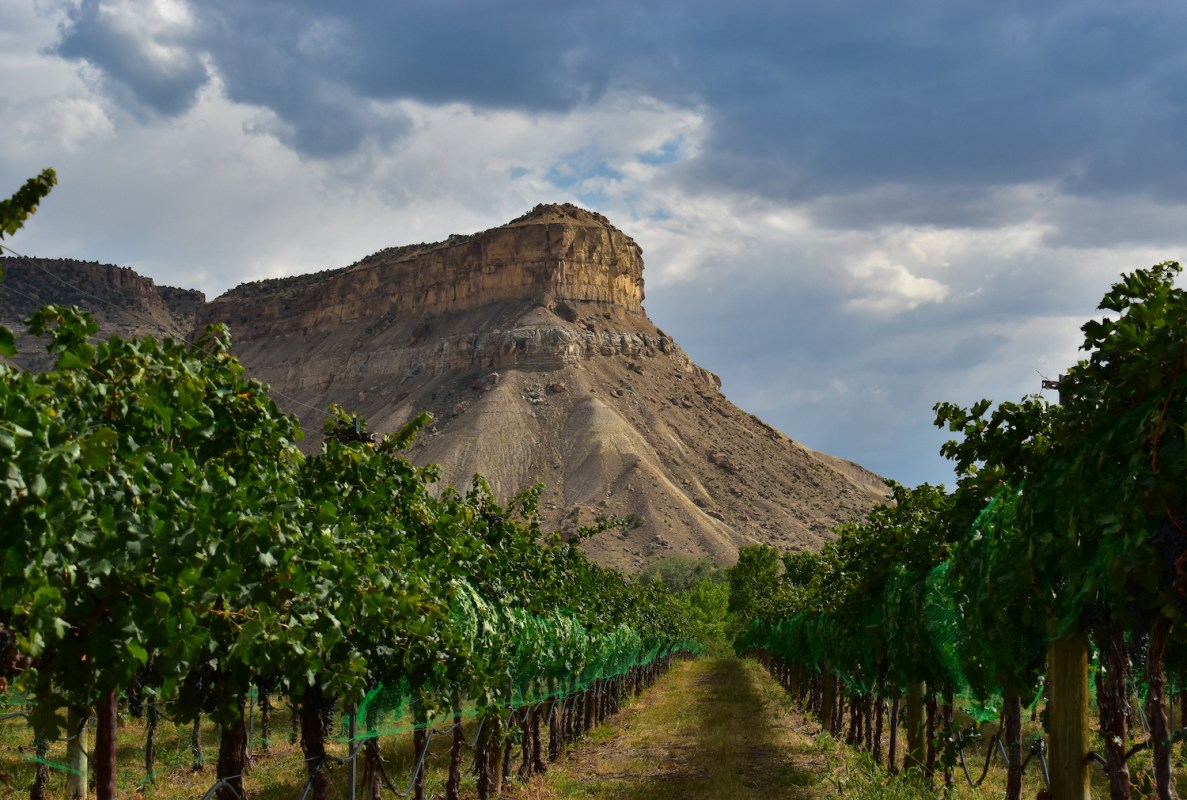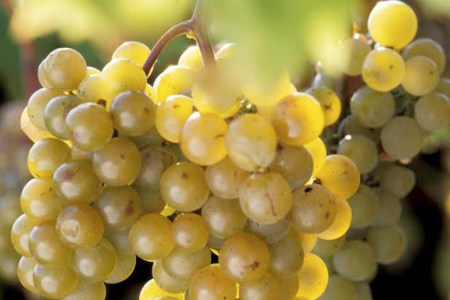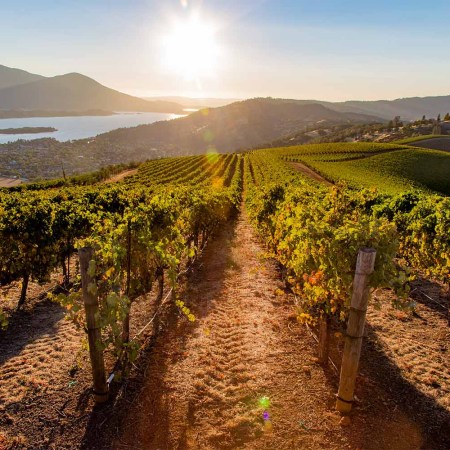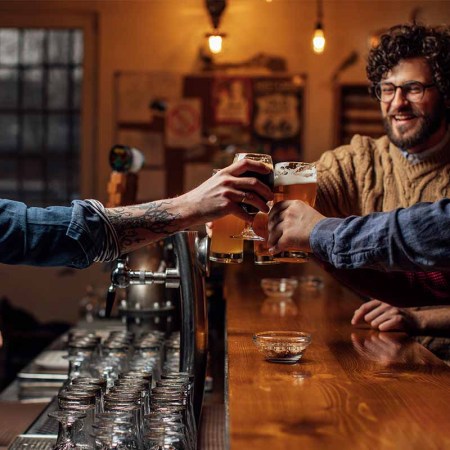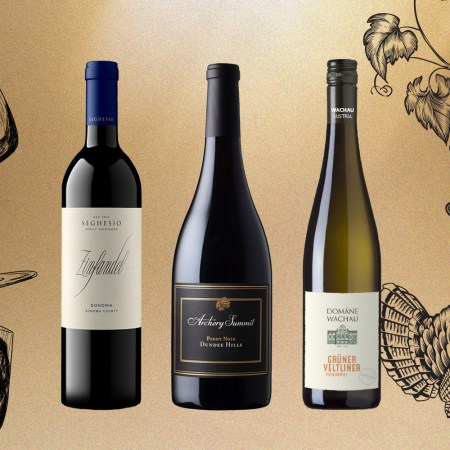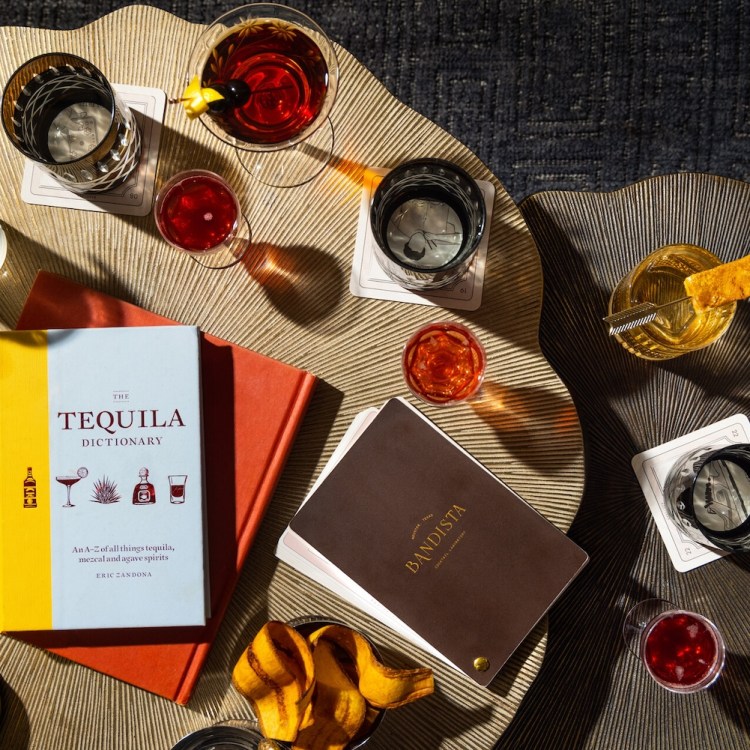While about 85% of wine produced in the United States currently comes from California — and primarily northern California, at that — quality wine is actually made in every state. Many American wine drinkers would be hard-pressed, however, to name a notable American wine region outside of those made in the top few states. In addition to California, places like New York and Oregon are also heavy-hitters in the American wine landscape, but even within those states, we tend to stick with the tried-and-true appellations whose names are most familiar to us: think Napa, Willamette Valley and the Finger Lakes.
Each state or region in the United States is on a unique trajectory in terms of its winemaking journey: discovering the nuance of its particular terroir and the techniques and grapes that are best suited to produce excellence. New AVAs — American Viticultural Areas — are continually emerging, ambitious winemakers are pushing boundaries and seeking to move their regions into national or international prominence, and changing climatic conditions are allowing winemaking in places where it wasn’t previously possible. If you’re looking to explore them, here are seven underrated wine regions in the United States that are worth knowing. Perhaps you might find one in your own backyard.
New Jersey
New Jersey may be more notorious than notable in the American consciousness, but it is the Garden State after all, and wine grapes are definitely among its assets. “New Jersey is an agricultural oasis,” says Devin Perry, executive director of the Garden State Wine Growers Association, who notes that all of New Jersey’s 50-plus wineries are family-owned and operated. “We have grown into a flourishing and award-winning wine industry and the closest wine region to New York City and Philadelphia.” So it’s basically one tank of gas away for more than 43 million people.
New Jersey’s wine scene was a slow burn because of a Prohibition-era law that limited the state’s wine production. Finally abolished in the 1990s, the state’s wine industry has grown exponentially in the past few decades.
Sandy loam dominates New Jersey soil, similar to that of parts of Bordeaux, and the state’s winemakers are working with a staggering number of grapes, both familiar and experimental. Some of New Jersey’s top wineries like Beneduce Vineyards, Autumn Lake and Bellview are bringing fresh perspectives to well-known grapes like cabernet franc and cabernet sauvignon, as well as showcasing the capabilities of hybrids such as traminette, chambourcin and San Marco, a hybrid created specifically for Jersey’s Outer Coastal Plains AVA by an Italian grape geneticist. Apropos to New Jersey’s predominant cultural heritage, also be on the lookout for increasing expressions of known Italian grapes such as barbera and sangiovese.
Texas Hill Country
Texas is perhaps better known as the land of beer and whiskey, but it’s a big state with a multitude of microclimates where winemakers definitely have something to prove. Texas Hill Country, in particular, which is adjacent to Austin, Fredericksburg and San Antonio in the state’s southern lobe, is beginning to gain national attention. “Everything from the world of varieties offered, to the adventurous nature of the winemakers and the cultivated experiences at each winery, to the daily growth of the entire tourism/hospitality industry here is exciting right now,” says January Wiesse, executive director of Texas Hill Country Wineries.
Texas Hill County is the third largest AVA in the United States, covering nine million acres and characterized by a hot, dry climate with limestone and granite soils, which produce bold, powerful, (dare one say barbecue-worthy?) reds from a variety of international grapes that love heat — think mourvedre, tempranillo and sangiovese. Pedernales Cellars, Becker Vineyards, Grape Creek Vineyards and William Chris Vineyards are several notable, award-winning producers that have both brought attention to and helped shape the region.
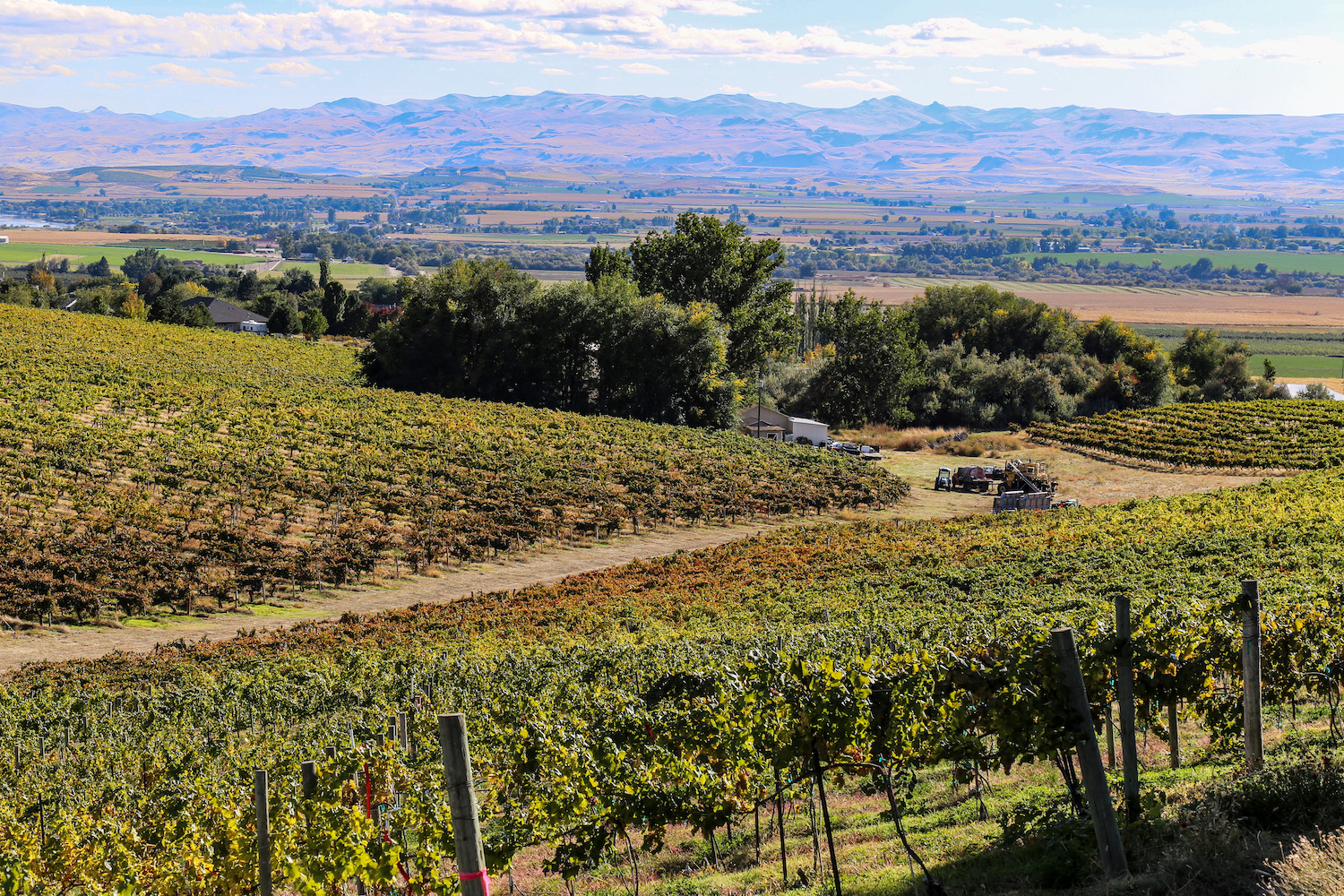
Snake River Valley, ID
Idaho is way more than potatoes. The state actually shares wine appellations with its more famous wine neighbors, Washington and Oregon, but is just now starting to attract its due attention. “The Idaho wine industry is finally getting some recognition, which is awesome,” says Maddy McGarry, assistant winemaker of both Sawtooth Winery and Ste. Chapelle Winery, the first to have planted in Idaho. “I think one thing that’s exciting in Idaho is that we have not defined ourselves with one or two varietals but are still experimenting.” That means something new is on offer with each subsequent vintage.
Snake River Valley is at the heart of Idaho’s wine making efforts, with 90% of the state’s wines coming from the region. Buffeted by the Rocky Mountains, Snake River Valley is known for high altitude wines that achieve a favorable diurnal shift and a long growing season, with riesling, chardonnay and viognier being the top-performing white wines and cabernet sauvignon and syrah representing big reds.
In addition to Sawtooth and Ste. Chappelle, several other wineries have been producing in the region since the 1980s and 90s, including Bitner Vineyards, Hells Canyon and Koening Vineyards, whose offerings also include several athletic, challenging-to-produce ice wines. And after visiting the region and Split Rail Winery in 2021, one InsideHook editor joined their wine club, and their bottles are truly the best in her collection.
These Lab-Grown Grapes Could Be the Future of American Wine
Baco Noir, Catawba or Cayuga? They’re elegant, exciting and climate-resistant.Temecula Valley, CA
It’s an understatement to say that Northern California has a major claim on the American wine industry. Southern California, however, with grape plantings by Spanish missionaries dating back to the early 1800s, has been in the wine game long before Napa became famous. Temecula Valley, of note, is a region situated between Los Angeles and San Diego, perfect for intrepid wine lovers who prefer the beachy, SoCal lifestyle.
“In the Temecula Valley, you can find Californian wine country mainstays like chardonnay and cabernet sauvignon, but this emerging region will not be fully understood unless you enter with an adventurous tasting spirit,” says Chris Costales, wine director of nearby Pauma Valley Country Club. “The region offers a vast assortment of grapes of Italian, French, Portuguese and Spanish origin for any spirited tasters willing to try something new.” Costales singles out arneis, petite sirah, negroamaro and touriga nacional as exceptional wines on offer from some of the area’s nearly 50 producers.
Temecula Valley’s tourism industry is already well developed, with a multitude of winery stays, tasting rooms, spas, tours and activities for visitors. But top producers such as Doffo (whose winery boasts a vintage motorcycle collection), Cougar and Miramonte showcase world-class wines that demonstrate the area is more than just hot air balloons.
Loudoun County, VA
Few capital cities are wine regions unto themselves, but Virginia’s Loudoun County — essentially Washington, D.C.’s neighborhood wine region — is exactly that. Virginia is hardly a new player in the U.S. wine game, as Thomas Jefferson introduced the idea there centuries ago, but Loudoun County is ripe for attention now. “The Loudoun County wine region offers the opportunity to explore a new frontier of wine growing in a setting that blends rural charm and stunning natural beauty,” says Neal Wavra, general manager of Northern Virginia’s Field and Main Restaurant. Beth Erickson, president and CEO of Visit Loudoun, also notes that the industry in Loudoun, on the eve of its 40th anniversary vintage, is “diverse, collaborative, welcoming and innovative.”
As a state, Virginia staked an early claim on viognier, a lesser-known, expressive French variety that enjoys Virginia’s warmer, humid climate. Loudoun County winemakers have continued to follow suit, pioneering American expressions of challenging, humidity-tolerant grapes such as albariño, petit manseng, petit verdot and tannat. Loudoun County wineries that are beginning to attract attention beyond the region include Walsh Family Wine, Breaux Vineyards, Greenhill and October One Vineyard.
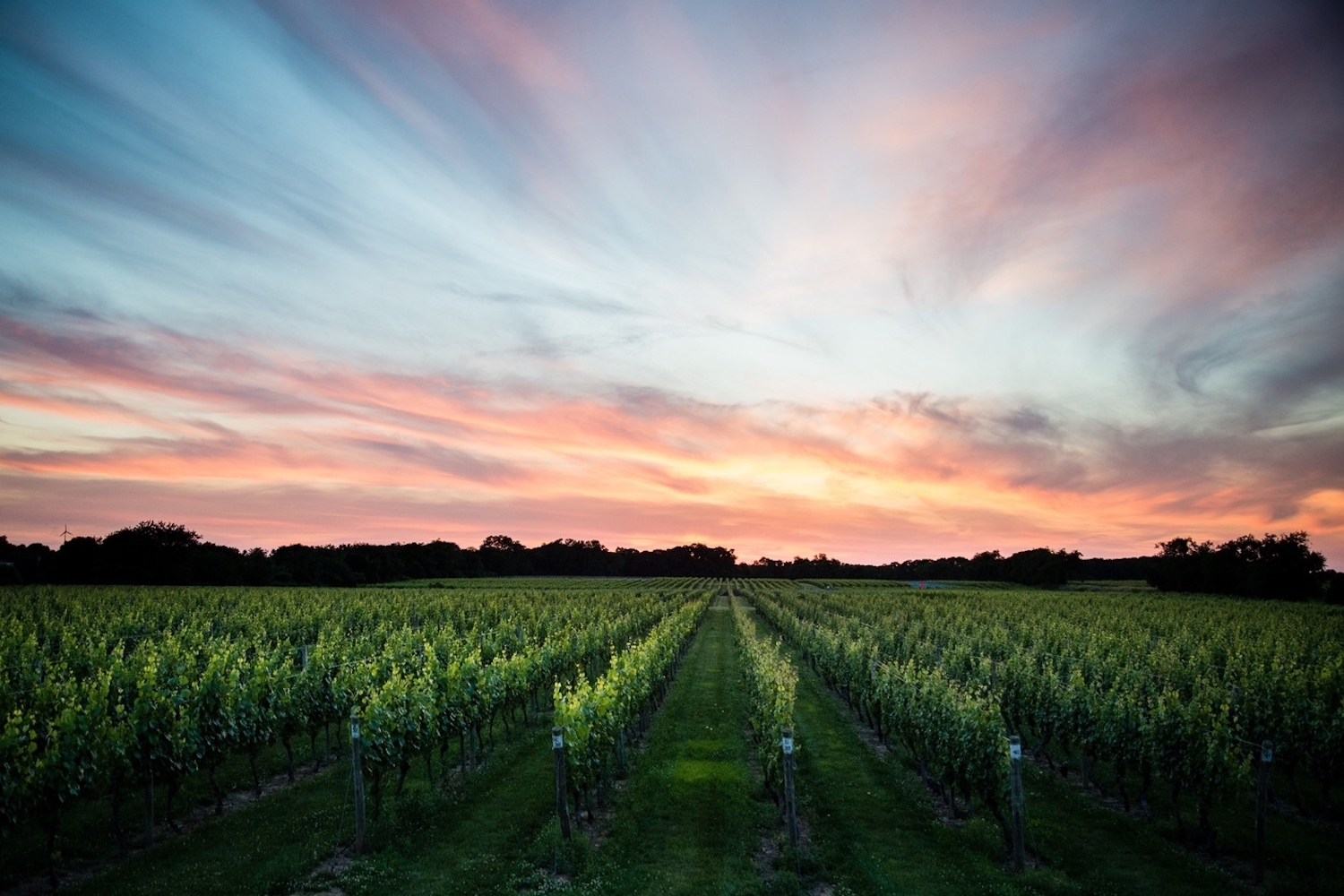
North Fork of Long Island, NY
Long Island’s North Fork has a unique challenge among underrated wine regions, in terms of positioning itself on a national or international stage: frequent travelers to and from the nearby Hamptons means that a majority of the region’s wine sales are on-premise, direct-to-consumer. This built-in audience doesn’t mean, however, that the North Fork’s winemakers aren’t continually pushing boundaries and striving for broader acclaim. “The wine scene on the North Fork is exploding at the moment,” says Gabriella Macari, director of operations of Macari Vineyards. “Quality has never been better, and with a few outstanding recent vintages, I’m positive our wines will continue to improve and excite.”
The North Fork’s peninsular geography allows for cooling, coastal breezes to influence the vineyards, and this maritime climate makes the area especially suitable for Bordeaux varietals such as cabernet franc, cabernet sauvignon, petit verdot and sauvignon blanc. Rosé wines, however, have lately become a calling card for North Fork wineries eager to capitalize on their particular audience while showcasing top-notch winemaking. Intrepid producers like Macari, Bedell Cellars and Croteaux Vineyards (the United States’s singular rosé-only winery) are producing terroir-driven rosés to rival those of Provence.
Colorado
Colorado’s wine scene is the definition of emerging, bringing attitude and altitude together for truly frontier winemaking. “With climate change, new wine regions continue to emerge and push boundaries,” says Ben Parsons, winemaker of The Ordinary Fellow in Colorado’s Grand Valley AVA. Pointing to the similar success of the UK with sparkling wines in light of climate change, “Colorado is no different,” Parsons says. “We are growing grapes as high as 6,800 feet — the highest commercial vineyards in North America — and crafting wines with unique character that reflect our climate, terroir and microbiological diversity.”
Abundant sunshine — on average more than 300 days a year — along with low humidity make it possible for Colorado winemakers to deal with the extremes of high-altitude wine. The sunshine factor also contributes to conditions similar to France’s Alsace region, and riesling consequently is the state’s top grape. Alkaline soils also give an assist to earthy, bold reds, allowing Colorado’s roughly 120 wineries to produce world-class cabernet sauvignons, merlots and syrahs that mingle European character with Colorado backbone.
Frequent top performers in the state’s annual Governor’s Cup wine competition include BookCliff Vineyards, Sauvage Spectrum, Alfred Eames Cellars and Snowy Peaks.
Join America's Fastest Growing Spirits Newsletter THE SPILL. Unlock all the reviews, recipes and revelry — and get 15% off award-winning La Tierra de Acre Mezcal.
